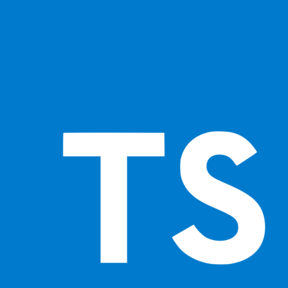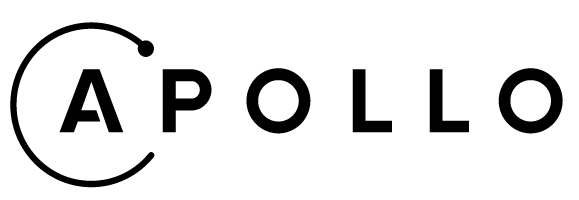-
You need to install dependencies.
You can use yarn or npm.
# install dependencies yarn # or npm install
-
Create the .env.development and .env.production
Create the .env file from the .env.example file. Description of environment variables:
- DB_HOST - you mongo database url;
- PORT - your port on which the api will work.
-
Start the project.
You can start a project using yarn or npm.
# install dependencies yarn start # or npm run start
Once launched, the server will be available on
http://localhost:${PORT}!_You will also see a second link:
http://localhost:${PORT}/graphqll. This is a tool that you can use to experiment with requesting your data.
A quick look at the top-level files and directories you'll see in a this project.
.
├── src
├──/──models
├──/──resolvers
├──/──shema
├──/──utils
├──/──index.ts
├── .dockerignore
├── .env
├── .eslintrc.js
├── .gitignore
├── .huskyrc.js
├── .prettierrc
├── Dockerfile
├── LICENSE
├── README.md
├── babel.config.js
├── nodemon.json
├── package.json
└── tsconfig.json




